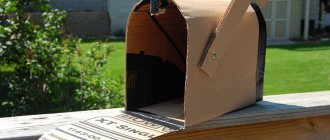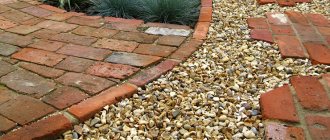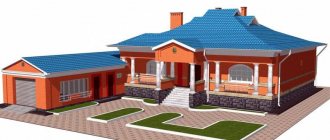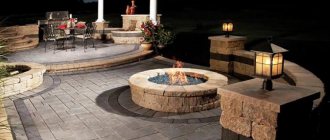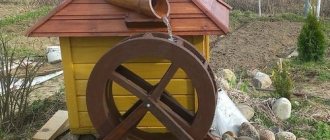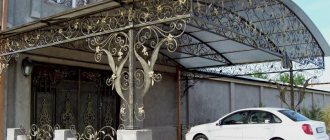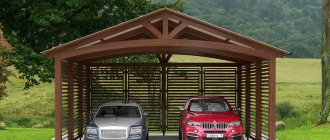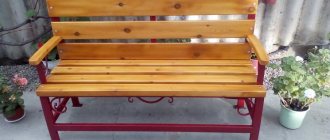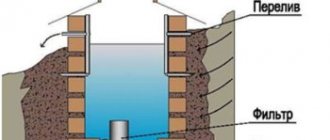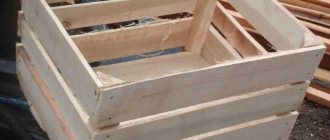Provence
(French
Provence
, Oks. Provença, lit. “province”) is a historical region in southeastern France, now part of the Provence-Alpes-Côte d'Azur region. Currently, Provence contains the departments of Var, Vaucluse and Bouches-du-Rhône, as well as parts of the Alpes-Haute-Provence and Alpes-Maritimes.
In the east the region is limited by the Alps, in the west by the Rhone, in the south by the Mediterranean Sea. The capital of Provence is Aix-en-Provence, one of the oldest French cities. This piece of resort France attracts thousands of tourists every year like a magnet.
Facade of a House in Provence Style
It is not surprising that those who have visited Provence at least once strive to recreate at least a small part of it in other parts of the globe. Today, among the many architectural styles, the Provence style is very popular, well thought out and is one of the most in demand.
House in Provence Style in the Photo
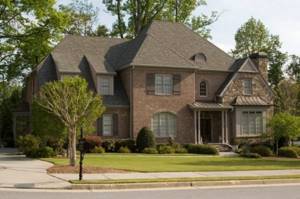
The peculiarity of a house in the Provence style is considered to be the sophistication and peculiar romantic tenderness of the external exterior of the house. A special place belongs to details. Most often, country houses are built in the Provence style. Such a house has practically no basement and such a house naturally does not have the porch that is familiar to us. The garden path just ends at the front door.
Materials used to decorate the facade of a house in Provence style
As mentioned earlier, only natural materials are used for cladding the facade of the house. It should be noted that such home decoration will be expensive, because natural materials are always more expensive than imitation, but the advantages and parameters of the materials used fully justify the financial investment. If you don’t have a lot of money, but you still want to create a house in the Provence style, then you can use artificial materials, an abundance of which can be found in any hardware store.
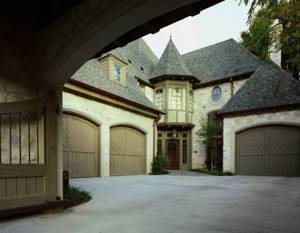
The most popular building materials when finishing the facade of a house made in Provence style:
- Decorative plaster.
- Irregular shaped building stone (rubble).
- Wild stone (has the shape of flat fragments with torn edges and roughness, has shades of natural colors).
- Wooden beams.
Country House Design in Provence Style
The walls of the house must be made of brick or stone. Most often, the walls are covered with light-colored plaster. In some places, the plaster may expose the brick wall, and this does not spoil the impression at all, but gives the house a unique twist. A Provence style house is built with two or three floors.
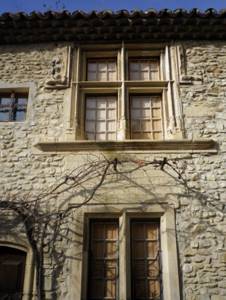
Cottage in Provence style: secrets of creating a cozy interior
Provence in the interior of a country house involves abandoning artificial materials in favor of natural ones. Brick, unpolished natural stone, plaster, and wooden panels can be used to decorate the walls, floors and ceilings of country rooms.
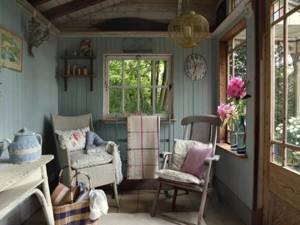
Finish options:
- The ideal design for a country house floor in Provence style is light wood boards. But in the kitchen you can use tiles that imitate brick or natural stone.
- It is better to design ceilings with exposed ceiling beams. Whitewashing or painting them in light shades will add a touch of homey, rustic comfort to the interior.
- The doors should be of a rough texture and a slightly darker shade than the walls to contrast with them.
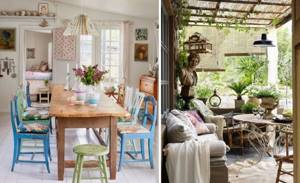
Initially, the French Provence style did not imply the presence of wallpaper in the interior. Therefore, when decorating rooms in the country, you can use light plaster or paint the walls in light colors. If you choose wallpaper, then preferably light, interspersed with floral motifs.
The photo of a Provence-style dacha shows all the techniques for decorating the room.
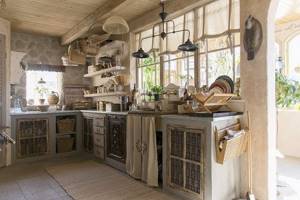
Home Decor in Provence Style
Among the features of the exterior decoration, one should note the minimalism in the decoration of the first floor and a certain pretentiousness in the decor of the upper floors. There may be balconies with columns or balustrades with carved decorative balusters. As for the windows, on the ground floor they are usually narrow and must have blinds. On the second and third floors, the windows are made larger so that the sun's rays penetrate as much as possible into the house.
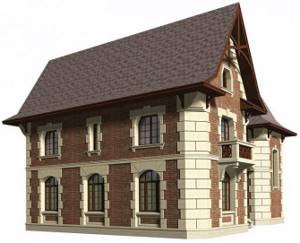
The roof is a special part of a Provencal style house. This is a multi-slope high structure under tiles. The roof is decorated with numerous towers with dormer windows. If the house is one-story, then there must be an attic under the roof.
House Design in Provence Style in Photo
Since Provence is geographically located on the Mediterranean coast, the local culture is also reflected in the second type of roof, often associated with the Provencal style in architecture. These are long, sloping roofs. Such houses have narrow windows and shutters on the windows.
Country House in Provence Style

Extensions. Traditionally, various extensions are added to the house. Almost every house that claims to be a home in the Provence style must have a summer kitchen. On the opposite side of the house there is a summer outbuilding or garage.
Architecture in Provence style
The formation of the Provence architectural style was significantly influenced by local climatic features.
In winter, strong sea winds blow here, so the walls are traditionally built of stone. And for beauty and protection from the hot summer sun, they are covered with light plaster.
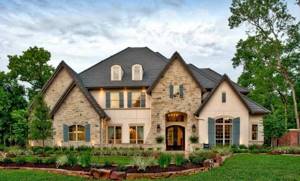
Houses are usually built on two floors, however, there are no strict rules in this regard.
The roof is multi-pitched. Traditionally covered with tiles in natural rocky shades.
Windows, for protection from heat and wind, are invariably complemented by strong wooden shutters.
There is always a patio next to the house.

Summer in Provence is quite hot, so when building the main housing, the project provides for various extensions, for example, a summer kitchen and a gazebo, where you can enjoy the pleasant coolness.
Design Project of a House in Provence Style
In this article we will talk about decorating the facade of a private house in Provence and country style. These two styles today have gained great popularity among lovers of rustic classics and French charm.
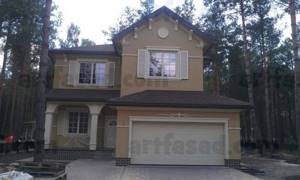
The design of the facade of a country house in the Provencal style is distinguished by a special spirit of sophistication, naturalness and grace. This exterior format is common today both among houses outside the city and cottages in the urban environment.
Distinctive features of the Provence style
To feel the very spirit of Provence as a French province, you should first look at its real landscapes, fortunately, there is no shortage of them on the Internet. These photos will give a clear idea of how to decorate a private house in the Provence style and its characteristic color scheme.
It must include natural shades: linen, white with a milky tint, beige in various variations, pastel, lilac, yellow, natural green and others.

It is important that all colors have a slight dullness, as if they have faded slightly under the bright Provençal sun.
House Renovation in Provence Style
To achieve maximum brevity and charm, it is customary to create a composition in warm, natural colors. Compared to the country style, the Provence style completely rejects the use of aggressive colors and elements. It is important to avoid a sharp transition in the color of the facade. The following colors are best suited for covering the facade: milky, turquoise, heavenly, soft lemon, peach, sand.
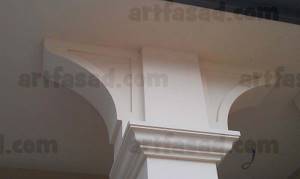
Decorating a House in Provence Style
The design of the facade of a private house, a photo of which you will find on our website, may have the following nuances:
- It is important to install windows with complex shutters and frames on a calm, monochromatic façade. The roof can have a variety of designs.
- For plaster, the coarse grade is best. This will emphasize the effect of antiquity in the image of the building.
- Choose forged railings with openwork elements, a wooden fence, which will look great with the Provence facade.
- The facade of the first floor should be made with a minimum number of decorative elements.
- The second floor will be optimally decorated with balustrades, columns around large spacious or even panoramic windows.
Selection of materials for finishing the facade of a house
If you have decided on the style, then you need to decide on the materials for its implementation. Having chosen the materials, you can begin finishing work, upon completion of which you can get your own beautiful and cozy house for the whole family. Before buying building materials, you need to study them, understand which one is best to use in your situation.
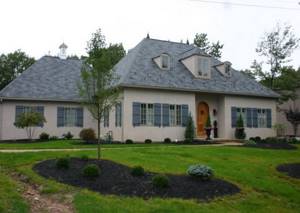
Plaster
In order for the wall of the facade of the house to receive an original texture in the Provence style, decorative plaster is used, which is a homogeneous mixture. Mixtures are divided into several groups:
- Coarse-grained (can imitate stone or natural wood).
- Fine-grained mixtures imitating semolina or sand.
It should also be noted that decorative plaster is divided into two categories depending on the color scheme:
- Tinted mixture - used for painting industrial buildings.
- Plain plaster – has an off-white or gray color and subsequently undergoes a painting process.
The tinted mixture has a rich and pure color, since it includes different fractions, increasing the decorative properties of the material. If financial reserves allow you to use this type of plaster, then it is better to give preference to it.
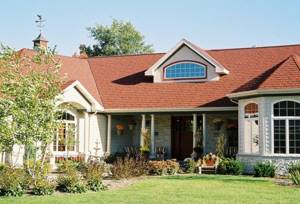
Imitation of natural stone
A very interesting and original idea would be to completely cover the facade of a private house with wild stone. You can also use a combination using plaster and stone for finishing. However, not everyone may have enough money to implement such an idea, so one has to give preference not to wild stone, but to its imitation. The budget option is made in the form of gypsum slabs; the resulting tiles have a good texture and structure, and their appearance completely copies natural stone.
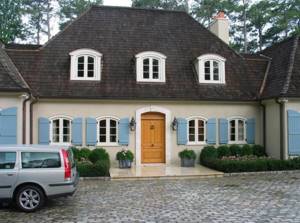
Using wild stone, you can highlight the corners of a building, its foundation, the space under or above a window - all these are original and inexpensive ways to implement that allow you to add some charm to your home. The tiles are installed using adhesive mixtures that differ in structure for each type of stone. It is worth noting that finishing the façade with wild stone is a complex and expensive process; only professionals can handle it.
Natural wood
The most popular option for using wood to decorate a house in Provence style is lining. Lining - wooden panels with special grooves for easier and faster installation. Wooden lining is the optimal solution for the French style, allowing you to realize various intricate design moves. For the work, you should invite professionals who can take into account all the wishes of the customer.
Advice! Before starting external work, all wooden elements must undergo high-quality treatment with antiseptics and impregnations that protect the material from moisture and other adverse factors.
Bath Decor in Provence Style
Who doesn't like to take a steam bath in a real Russian bathhouse in winter? Or do you prefer modern saunas? The main thing is to make an interesting architectural solution that will not only delight you inside, but also outside.
One of the most popular solutions today is a Provence style bathhouse. The French atmosphere will be in the air, and you will feel like a real wealthy bourgeois somewhere from distant past centuries.
House Project in Provence Style
The main feature of this style is the minimum of plastic, glass and other non-natural materials in the cladding of the building. In other words, preference is given to naturalness. If we, for example, take the facade of a chateau-style house, then it is possible to use modern materials such as plastic or create large-sized glazing. Here the emphasis is mainly on natural or artificial stone.
Corporate handwriting
In practice, many people confuse Provence and American country due to a similar commitment to elements of country life, but the French direction has its own characteristics:
- the use of muted tones in the interior (cream, pearl, beige, ash);
- slight carelessness in furniture arrangement;
- presence of ceiling beams;
- abundance of light;
- the desire for minimalism.
However, the most important distinguishing feature is the large windows on the facade of the house in the Provence style, which is due to the characteristic climatic conditions of the place where the interior trend appeared. In this case, the room can be divided into rooms, or it can be left intact - this is not so important.
But don’t forget about voluminous wooden beams, or at least their imitation, which can be covered with ordinary plaster or white paint. These materials should also be used when cladding walls, so their natural defects in the form of unevenness and roughness will look advantageous.
- What to do with an old mattress

How to choose a household fan: practical recommendations
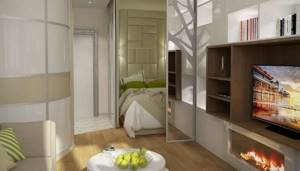
Small apartment design
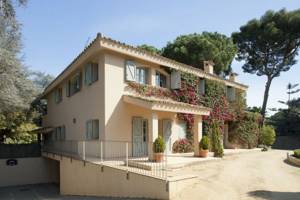
To give additional charm to the rooms, it is a good idea to lay out the surfaces with brickwork or natural stone. The combination of light walls, rough textures and beamed ceilings is an excellent find for lovers of French architectural techniques.
Natural materials help to organically fit the Provence style into a wooden house. To add additional aesthetics to the rooms, lay authentic woven rugs, macramé or homespun rugs on plank floors (no parquet or tiles). The color scheme is muted, for example: lavender, beige or blue shades (depending on the overall style).
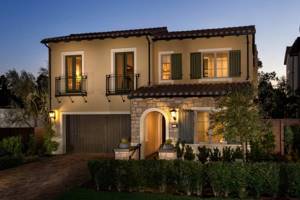
Light in this interior should be everywhere: this will provide a feeling of calm comfort and also visually expand the space. As lighting sources, do not be afraid to use antique candelabra, lamps or chandeliers with fabric fringe.
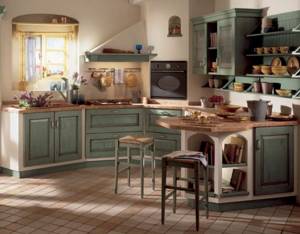
All kinds of catalogs of beautiful houses in the Provence style from all their glossy pages advise you to strive to create as many light zones as possible - this is the only way you will achieve the desired design effect that will help relieve stress and forget everyday worries.
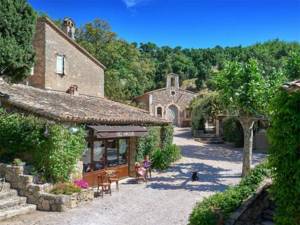
Provence Style in Architecture
However, this is not a panacea. Modern designers create no less amazing exteriors in this style, using not only stone. Cladding a house in Provence style can also be done using plaster. Moreover, any options are taken - acrylic mixtures, silicate plasters, silicone and many others.
This style is characterized by minimalist forms and lines. If we take the facade of a chalet-style house, we will see that here the variety of shapes and the curvature of lines are more relevant. Provence is not like that. First of all, it is comfort, warmth, tranquility.
Provence style in the interior of rooms
It is advisable to continue the style in interior design. The rooms are simply flooded with sunlight. To do this, choose light shades for the entire interior. To add liveliness to the interior, bright accents are added that emphasize the sunshine of the space. You can add contrasting colors, but they are also as warm as possible.
Wall decoration
The walls in the premises can be decorated in the following ways:
- To finish with plaster, it is advisable to do everything yourself and not create a perfectly smooth surface. The layer may be a little rough.
- Leave the brickwork clean. It is painted with light colors. Some craftsmen add wax to the solution, which allows the dye to be applied unevenly, imitating a faded surface.
- If there is a wall with masonry, then it is left in its original form. The stone is not painted over. If there is no such surface, the fireplace or just a separate wall is covered with stone.
- You can use wallpaper. But only in light colors with simple floral patterns, without flashy areas.
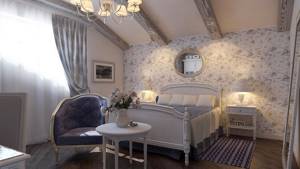
Floor of the room
Previously, natural stone of terracotta shades was chosen as a floor covering. But such pleasure is very expensive, which is why today stone is replaced with ceramic tiles. When choosing a material, we focus on:
- Color – red, brown, terracotta.
- Texture – this can be an imitation of masonry or the texture of wild stone.
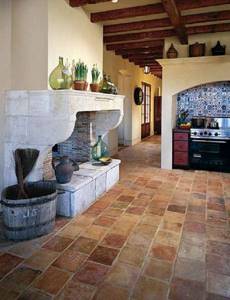
If the tiles are not suitable for any reason, they are replaced with roughly processed wooden boards. This material also conveys well the atmosphere of an old Provençal house.
Room ceiling
I don’t hide the wooden beams on the ceiling under the ceiling, but leave them in plain sight. They have their own decorative purpose. They are painted black, brown, terracotta, or simply coated with antifungal impregnation and preserve the structure of the wood.
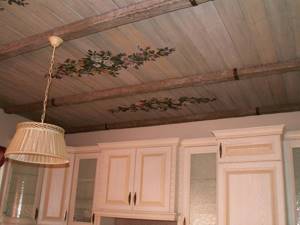
Forged hooks are attached to the beams, on which room lighting or other decorative elements will be fixed. The ceiling in Provence style rooms preserves its natural origin as much as possible.
Furniture
The furniture has the simplest form possible, without pretentiousness or pomp. The paint on some elements is slightly cracked, crumbling or worn off. This is the main thing that distinguishes rustic style furniture. Previously, such household items were inherited, so it is not surprising that their condition is far from ideal.
This trend has carried over into the modern style, which is why new elements are artificially aged (rubbed with sandpaper, unevenly painted, decoupage). Painting is applied to the facades and side walls. It can be a floral design or a simple pattern. Distinctive characteristics of furniture in the Provence style are:
- handmade effect;
- antique effect.
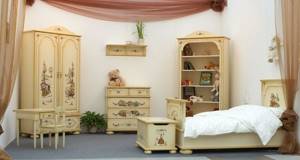
It is important that the color of the furniture is in harmony with the overall picture. You should not choose flashy bright colors, the following will do:
- lactic;
- sand;
- beige;
- light blue;
- warm shades of green;
- lilac;
- violet.
Textile
As already mentioned, Provence does not tolerate artificiality, therefore, when choosing textiles, you should also focus on this criterion. Only natural fabrics are suitable:
- chintz;
- cotton;
- linen;
- muslin;
- wool;
- sackcloth.
Windows in the Provence style are large and often overlook the garden, so the curtains are made light and transparent.
As for the design, it can be flowers in pastel shades or other floral patterns. Sometimes there is a cage and a stripe on a light background. The same textiles are used for curtains, tablecloths and pillowcases.
There is also a patchwork technique, when small scraps of different fabrics are used to create bedspreads, rugs or blankets. Such details make the interior cute and warm.
Exterior of a House in Provence Style
It is important to note the color features of this style. If you carefully look at the photographs of the designs, you can see one interesting feature - almost all exteriors use delicate pastel colors. It can be beige and all its shades; white or light brown is often found.
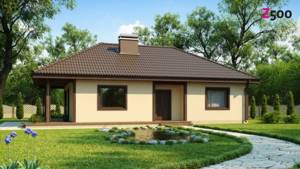
The facade of a house in country style, for example, on the contrary, tends to have greater color variety. French regularity requires color calm. An interesting detail is the window frames in the Provence style. They are distinguished by their original design, which is unlikely to be found in everyday housing. This is one of the hallmarks of French aesthetics.
FACADE DECOR FROM THE MANUFACTURER
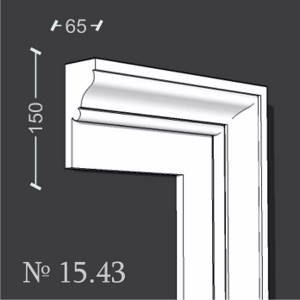
WINDOW MOLDINGS
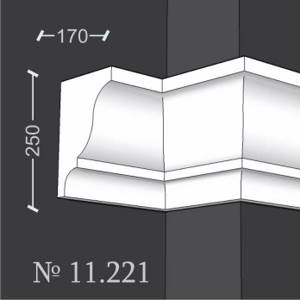
CORNICES
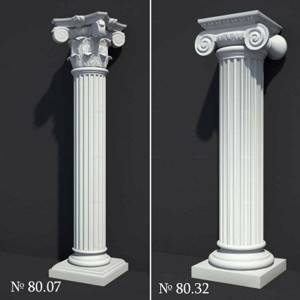
COLUMNS
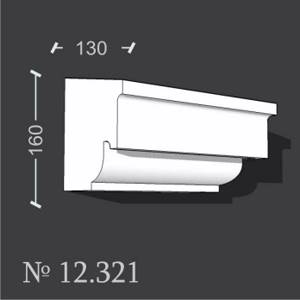
DECORATIVE WINDOW SILLS
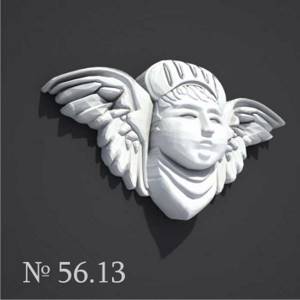
PATTERNS, ORNAMENTS
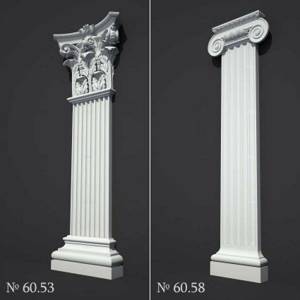
PILASTERS
Provence style houses - photo
Those who love a relaxed life away from the noise of the city will experience genuine joy from purchasing real estate decorated in this style. Being a kind of calling card of its owners, such a house will certainly become a source of special pride for them.
0 0 vote
Article rating
